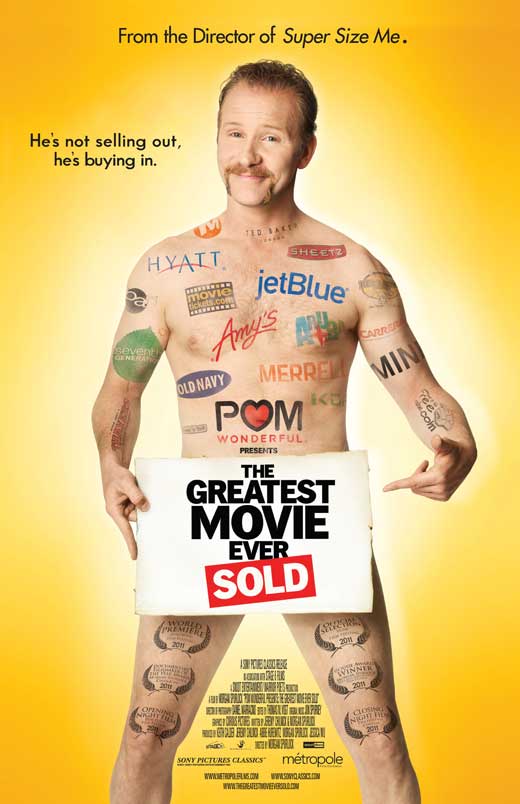Dwight Dekeyser rating: Charming, Nostalgic, Meaningful
Dear Friend,
There was something strangely familiar about Woody Allen’s new movie, Midnight in Paris. The movie opened to stunning urban vistas and the sound of a jazz clarinet, Allen’s signature instrument. What was different was the city itself. It was not Allen’s urban inspiration New York but Paris. Was this to be a remake of his 1979 romantic comedy Manhattan, starring Allen, Diane Keaton, and a precocious new talent, Mariel Hemingway? Was this familiar opening the result of a lack of new ideas or a playful nod and a wink at an old favorite flick? I have always loved Manhattan, so a rerun of an old formula in a different setting might not have been a terrible way to spend 94 minutes. I was just a little sad to think the old boy might have nothing new to say.
Manhattan was not the only Allen classic to come to mind. The story centers on the relationship of a frustrated, young television writer, Gil (Owen Wilson) and his high-maintenance fiancée Inez (Rachel McAdams). Her family does not approve of his values and eccentricities. He dislikes her pseudo-intellectual pretentious friends. (Sound a bit like Annie Hall [1977] to you?) What was most reminiscent of Allen’s oeuvre was the main character. Gil was nothing less than a reincarnated Woody Allen in the role. The dialogue and delivery were classic Allen. (He did write and direct the movie, after all.) It were as if Allen had become an invisible ventriloquist with a human dummy. (Isn’t that what all screenwriters do?)
The fiancée becomes sick of charming bistros and restaurants and throws herself into high-end shopping with her materialistic parents and night clubbing with her shallow companions. Gil tires of her and escapes at night to discover a greater mistress, Paris. (Spoiler alert! Read the rest after you’ve seen the movie.) Lost at night, a vintage Peugeot pulls up and invites our hero to a party for Jean Cocteau – a tip of Allen’s cap to the late French poet/artist/film director by using the same vehicle he used in his film Orphee (1950). (Actually, it was a Rolls-Royce, but you get the double entendre.) The timeslip transports Gil to a party circa 1927, hosted by Cole Porter, attended by his literary heroes F. Scott Fitzgerald and Ernest Hemingway – Mariel’s granddad. (I must admit I was touched to see them and Zelda looking so young and gay knowing what the future held for them – alcoholism, madness, sudden death.)
There was certainly no shortage of Lost Generation luminaries in this picture. The actors were cast to resemble the real characters: Picasso, Matisse (too old for the period -- plus he smiled), Salvador Dali, Man Ray, Luis Brunel, Gertrude Stein, Alice B. Toklas, Leo Stein. All of whom were rather pointedly identified in case we missed anyone. The only one who apparently did not need a name tag was Josephine Baker who appeared at Bricktop’s. The ambiance was worth the price of admission. The ladies wore a catalogue of the Patou-inspired drop waist couture of the time, Chanel’s little black Ford, Vionnet’s handkerchief dress, Molyneux’s tiered-fringe frock. “Charleston, Charleston… .” (Sorry, it was my inner flapper.) The other ladies of the street-variety with their spit-curled coiffures and dangling fags looked like they had just walked out of a Brassai photo. It was an amusing contrast.
Gil falls in love with Picasso’s model and mistress Adriana (Marion Cottilard), a recreated Kiki de Montparnasse, who was actually Man Ray’s lover. (Kiki was so embarrassed by her lack of body hair that she actually penciled it in before modeling.) Adriana, a dead ringer for Sylvia Sidney, along with Gil make their own foray into the past by carriage to the (early) Belle Epoque and wind up at Maxim’s for dinner and the Moulin Rouge for a little can-can where they meet Toulouse-Lautrec, Gauguin, and Degas. She chooses to remain. It is only then that Gil realizes the futility of worshiping the giants of the past and the importance of living and creating in the present: L’age d’Or always precedes our own; yet the great masters are always with us. In a strange way it was also a subtle reminder by Allen of just who the great masters of the present age are (ahem), namely himself. Well, a little self-promotion can go a long way, I always say. (Did I just quote myself?)
Here’s the trailer: http://www.imdb.com/video/imdb/vi853581081/
From the vault: Manhattan (1979). Written and directed by Woody Allen, starring Woody Allen and Diane Keaton. If I could save but one Woody Allen film from the flames it would be this one. Hope you like black and white and Gershwin. (There he goes being nostalgic again! Unfortunately, the movie lacks the technical mastery of the great black and white era.) Meryl Streep is cast as Woody’s ex – who knew she could play such a convincing lesbian?!
Best of luck in your movie selections. Your faithful friend,
Dwight Dekeyser
© 2011 Dwight Dekeyser, Esq. All rights reserved.






